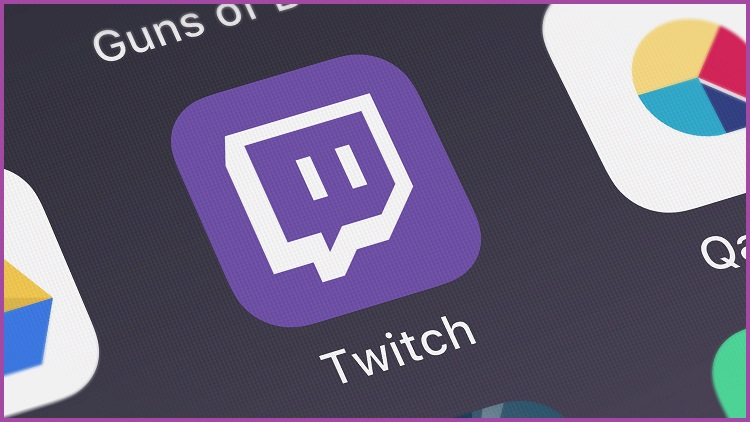An 18-year-old livestreamed his murder of 10 people in a horrific, racially motivated mass shooting in the US on Sunday night, once again putting the spotlight on social media as the shooter’s video footage and message of white supremacy spread across the internet.
Most of the victims were over the age of the 60, quietly going about their weekend shopping in a predominantly African American neighbourhood when the shooter, heavily armoured and wielding an assault rifle, drove into the carpark of a supermarket in Buffalo, New York, stepped out of his car, and opened fire.
The abhorrent act of violence was livestreamed on popular Amazon-owned video platform Twitch from a helmet-mounted camera.
Twitch said it acted quickly, stopping the stream in under two minutes. A spokesperson for the company said it was “devastated” to hear about the shooting.
“Our hearts go out to the community impacted by this tragedy,” the spokesperson said.
“Twitch has a zero-tolerance policy against violence of any kind and works swiftly to respond to all incidents.”
Despite it acting promptly, the footage has still been clipped and shared around the internet, causing platforms to once again play a game of moderation whack-a-mole as they struggle to contain the spread of inciting ideas, abounding conspiracy theories, and actual footage of the mass killing.
Governor of New York Kathy Hochul described the spread of the Buffalo shooter’s footage and his writing “bonechilling” and called for social media companies to reassess their policies around extremism.
“This spreads like a virus … these theories that result in the radicalisation of a young person sitting in their house is deeply scary, and it’s something that has to be dealt with,” she told CNN.
Virus of hatred
Research into mass shootings has suggested they are socially contagious, a cultural virus feeding on the intense media coverage that naturally follows these tragedies.
The Buffalo shooter shared a link to his manifesto online before he stepped into the supermarket car park and began shooting.
In this document, which has been copied, screenshotted, and re-hosted under different names to evade moderation, the shooter lucidly describes his desire for media coverage as a means of spreading his hateful white supremacist ideology.
Livestreaming the attack was a deliberate part of that plan and he wrote it would provide motivation knowing that “some people will be cheering” for him.
This is the same model of ideological warfare used by the Australian born Christchurch shooter who murdered 51 people and injured 41 more at a mosque in March 2019, livestreaming the massacre on Facebook.
That shooter stayed live on Facebook for 17 minutes and his video was shared by more than a million accounts before Facebook was finally able to crack down.
Facebook’s failure to act swiftly enough in that instance led to widespread criticism and the adoption of the Christchurch Call – a set of standards and expectations for technology companies and governments to avoid the dissemination of extremist materials like manifestos and videos.
Copycat shooters
But as the Christchurch Massacre led to a re-focus of policies about the spread of abhorrent violent material, it also inspired copycats like the Buffalo shooter who directly references Christchurch in his manifesto.
He claims to have been radicalised on the 4chan imageboard during lockdowns in 2020, saying a gif from the Christchurch shooter’s stream piqued his interest.
A few searches later and he was watching the full 17-minute shooting spree which led to him reading the Australian’s manifesto – and the cycle of radicalisation was complete.
This points to the dangers of sharing extremist manifestos and images, something researcher of extremism JM Berger warned about mere weeks before the Christchurch massacre.
For Berger, shooters want to leave a trail of breadcrumbs for the next susceptible killer to follow down a path of radicalisation that leads to horrific violence against innocent people.
“There is a potency in the combination of words and action, and lone-actor terrorists who write, seek to lead their readers through the same process of self-education that led them to act,” Berger wrote in the Atlantic.
“These works enjoy a wide reach in the online age, where self-education is a national pastime and internet sleuths race to decode the significance of violent events in real time.”
In the wake of the Buffalo shooting, the infamous 4chan board frequented by self-identifying Nazis – and commonly visited by people who commit heinous mass shootings – has lit up with both praise for, and scepticism of, the shooting.
On one side, people share memes derived from the attack or the shooter’s manifesto, immortalising and naturalising his actions.
On the other, it’s labelled as a “false flag” event that is apparently proof of a broader conspiracy to restrict American gun rights.










